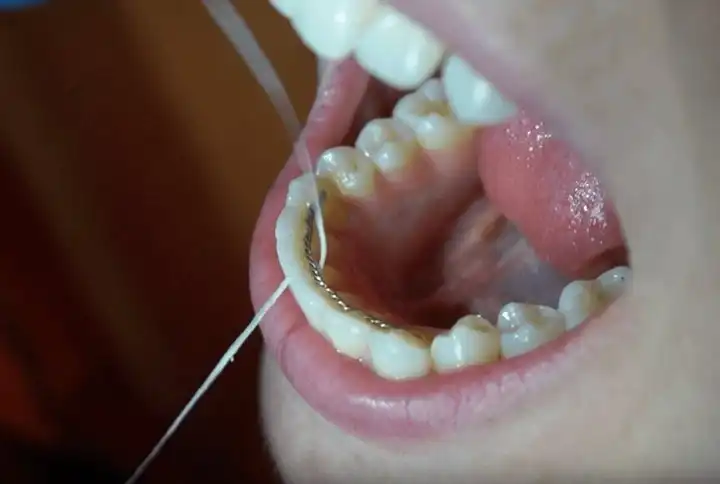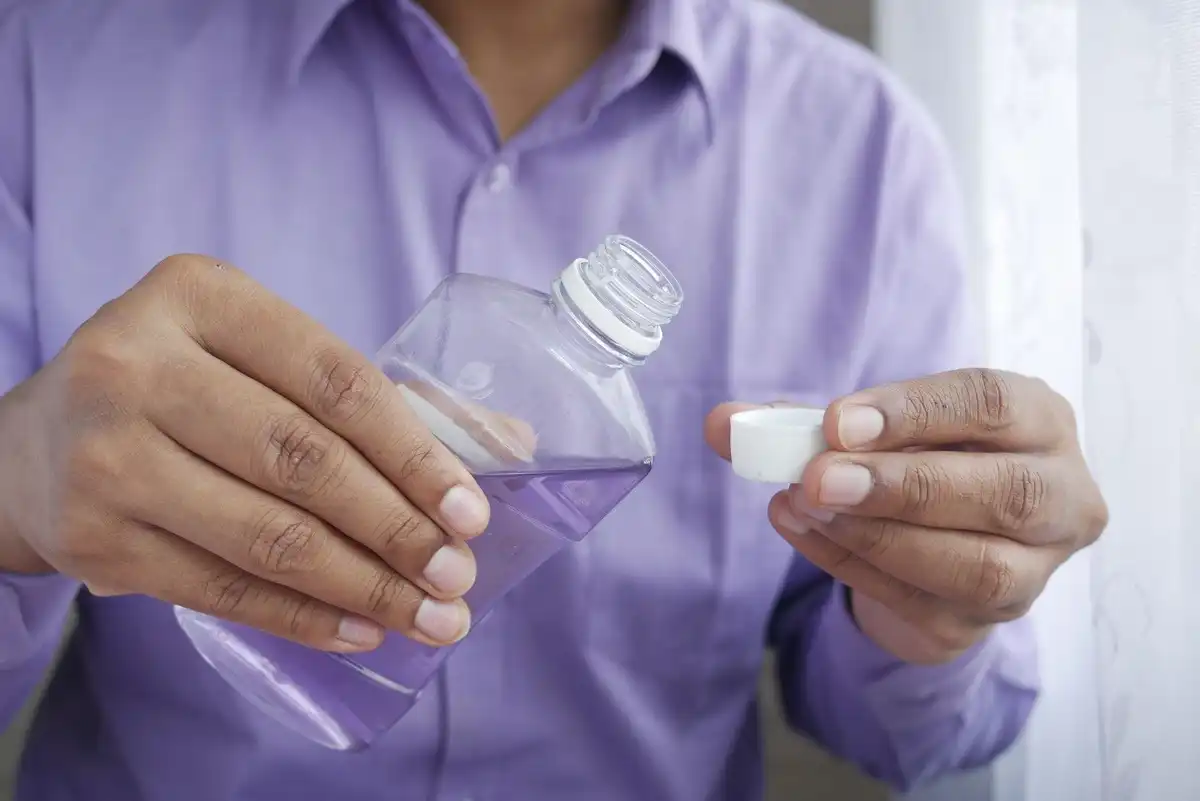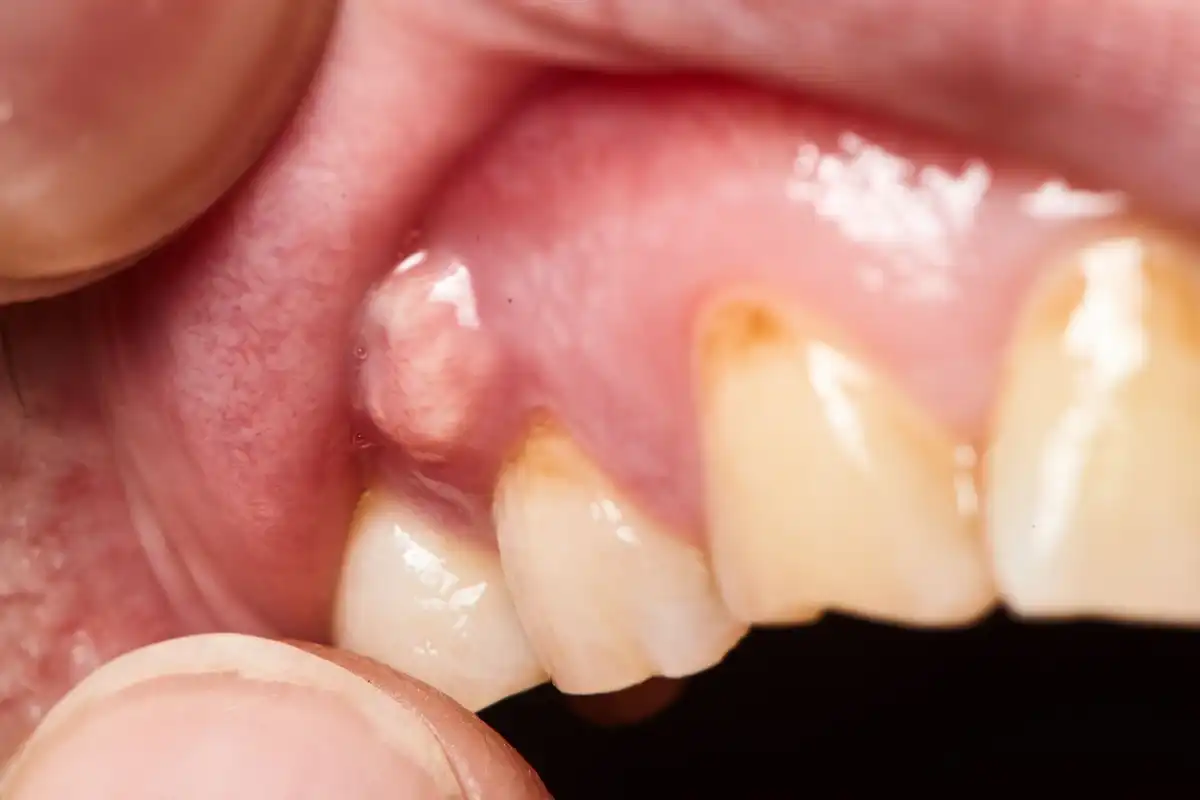12 Ways To Get Rid Of Tonsil Stones At Home

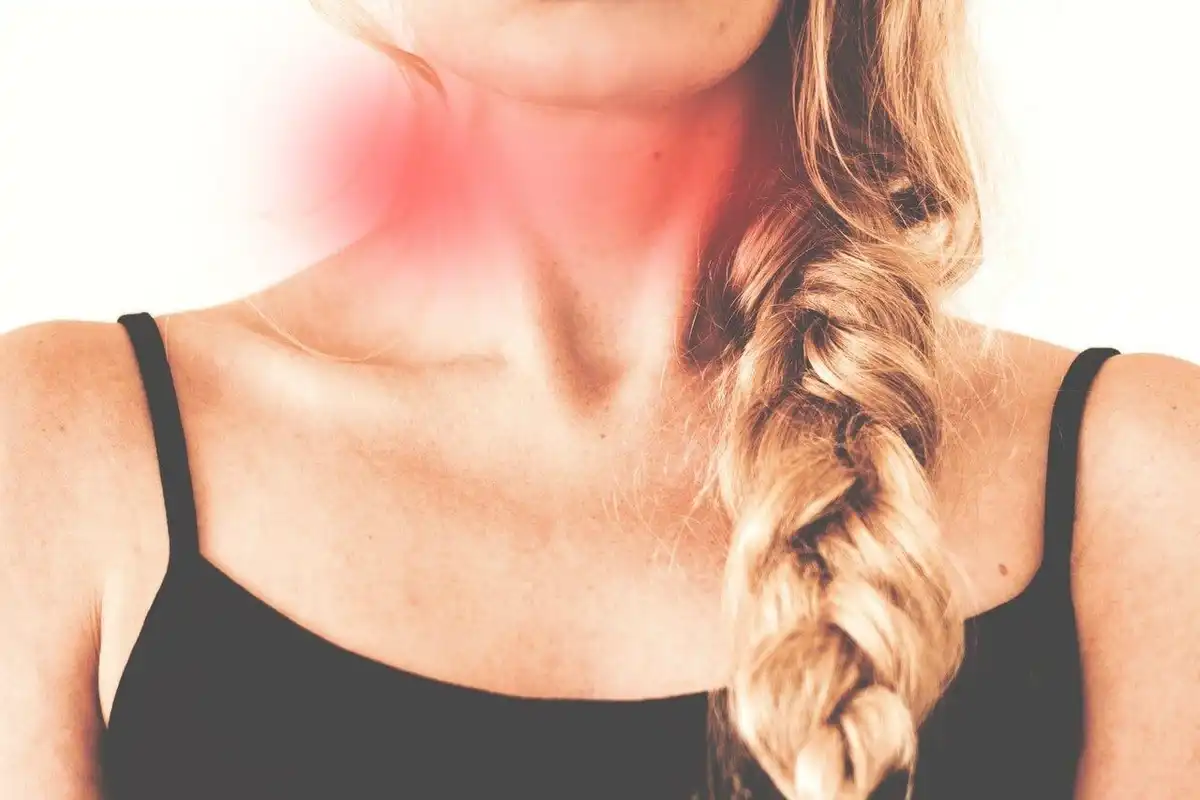
Like the name suggests, tonsil stones are hard, calcified, accumulated deposits of yucky buildup that form inside of the pits and crevices of your tonsils (aka tonsil “crypts”). How to get rid of tonsil stones depends on what the cause is and how severe they are. You may never even realize that they’re there until secondary problems start to arise, such as super bad breath.
What Causes Tonsil Stones?
Sometimes, tonsil stones seem to form for no reason at all. Other times, they “run” in individuals who also have a risk of kidney stones. Or, they could mean that someone has excessive bacteria inside of their mouth due to poor oral hygiene, resulting in a buildup of dental plaque and food debris.
People with chronic tonsillitis, sinus infections, allergies, or a post-nasal drip may be more likely to get tonsil stones, due to enlarged tonsils and the crypts across their surfaces. Crypts usually occur due to frequent tonsillitis and the scar tissue left behind.
How Long Do Tonsil Stones Last?
Sometimes, people remove tonsilloliths on their own, by physically cleaning them out, rinsing vigorously, or even coughing until they come loose. The tonsil stone is likely to last for as long as it’s left alone and isn’t removed.
How To Remove Tonsil Stones At Home
If you’re trying to figure out how to get rid of tonsil stones, there are a few “safe” ways to try to remove them on their own. HOWEVER: You always run the risk of possibly injuring yourself or developing an infection after taking the tonsillolith out. In other words, do so at your own risk!
1) Low-Pressure Irrigator
Physically rinsing out a tonsil stone may be enough to lift a tonsillolith from a tonsillar crypt if you’re using enough water pressure. A manual irrigator (which looks like a large plastic syringe) or water flosser on a low-pressure setting can apply a steady stream of pressure right where you need it. Place the tip near the edge of the tonsil stone and flush the water so that it goes down around the edges and underneath, pushing the stone out. The downside to using an irrigator is the potential gag-reflex factor.
2) Gargling With Nonalcohol Mouth Rinses
One of the safest ways to try to loosen a tonsil stone that you can feel in your throat is to try to gargle it out. You can use plain tap water, salt water, or an alcohol-free antimicrobial mouthwash. Rinsing doesn’t just help loosen the tonsillolith, it also removes excess bacteria so that it doesn’t grow as large.
3) Antibiotics
If your tonsil stone is still relatively soft or it’s more of a drainage/pus accumulation AND your tonsil is infected, your doctor may recommend taking an antibiotic. Antibiotics can help reduce the amount of swelling in your tonsils, so that the tonsillar crypts are not so large. That way you can reduce the chances of recurring tonsil stones and limit the number of bacteria that are responsible for forming them in the first place.
Home Natural Remedies For Tonsil Stones
1) Cough
2) Apple Cider Vinegar (ACV) Gargle
If your tonsilloliths are the result of ongoing allergies or respiratory tract infections, supplementing with an apple cider vinegar rinse may be helpful. Since ACV is sometimes helpful for bacterial or inflammatory-type infections, it doesn’t hurt to try! Add one tablespoon to a cup of water, rather than gargling with straight apple cider vinegar.
3) Gargling Salt Water
Saltwater is safe and has the natural ability to draw inflammation out of tissues. If your tonsils are swollen or irritated because of your tonsil stones, gargling with salt water a few times a day can alleviate the discomfort.
4) Essential Oils
You might not have realized that essential oils (such as mint) are one of the most important antimicrobial ingredients in mouthwash. When you dilute a few drops of essential oils in a glass of water, you’re essentially making your own mouthwash! Rinsing with it a few times a day can lower how many bacteria are accumulating around your tonsils.
5) Onions
Some people say that adding more onions to your diet can lower your risk of getting tonsil stones. If you’re prone to getting tonsilloliths in the first place, eating onion is more of a preventative solution. But there’s always a risk for onion breath! You’ll have to decide if the trade-off is worth it.
6) Garlic
7) Yogurt
Yogurt contains natural probiotics, which is why your doctor recommends eating it when you’re on an antibiotic regimen. Having the right balance of healthy bacteria and controlling the bad bacteria can stabilize the chances of tonsil stone development.
Try Burst Dental Probiotic Supplements for up to 28% off!
8) Apples
Eating crunchy foods that are fibrous in nature may help wipe away at tonsil stone growths, depending on where they’re located in the back of your mouth. Apples also have a slightly acidic pH level, which may stall tonsillolith formation.
9) Carrots
Loaded in vitamins and minerals, adding fresh, uncooked carrots to your diet helps boost your immune system, increase salivary flow, and potentially reduce your risk of getting tonsil stones.
Medically Removed
Sometimes the only way how to get rid of tonsil stones is to have them professionally removed by a physician, ENT, or oral surgeon.
A Note About Infection After Removal: When tonsil stones are cleaned out, they leave openings behind. Those hollow crypts can start to become re-infected with food debris and oral bacteria, leading to new tonsil stone development. So, you may want to work with your doctor to determine if one of the following types of treatment are a better option for your needs:
Laser Tonsil Cryptolysis
Minor Surgical Procedures
Manual removal of tonsil stones removes the calcified buildup and cleans out the tonsil crypts, depending on how large the tonsilloliths are. The downside is that some people need to have mild sedation due to the general discomfort of having their tonsil stones removed. Since not all doctors have lasers on hand, a minor surgical procedure may be the first step before a more aggressive tonsil surgery or removal.
Coblation Cryptolysis
Tonsillectomy
Extensive scarring and deep tonsil crypts can make it difficult to prevent tonsil stone formation. If you have recurring tonsil infections or stones, the best solution could be to have your tonsils taken out completely. Tonsillectomies are usually due to chronic tonsillitis and strep throat infections, but they’re also an effective treatment for people who have recurring tonsil stones.
When To See A Doctor
Most people with tonsil stones don’t think much about the stony deposits until they start to physically scratch or irritate the inside of their throat. As a result, they might develop a chronic cough or throat pain. But usually, the biggest concern is halitosis (bad breath). Although bad breath isn’t a health concern per se, it can do credible damage to your personal and social life.
Make sure you reach out to your doctor if you’re experiencing any of the following symptoms:
- bleeding tonsils
- blood in your saliva
- red, sore, scratchy throat
- visible drainage or pus
- growths in or around your tonsils
- difficulty swallowing
- swollen lymph nodes
- pain near your ears
- coughing out deposit
Getting Rid Of Tonsil Stones
Tonsil stones aren’t fun to have. They can cause serious bad breath and are the result of bacteria or food buildup accumulating inside of the pits on the surface of your tonsils. Sometimes it’s possible to get rid of tonsil stones on your own, but other times it requires the help of a doctor. Bottom line, if something looks wrong or infected, see your dentist, ENT, oral surgeon, or physician for an exam.
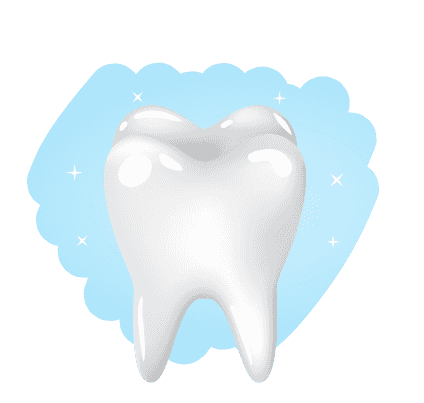
Make your inbox smile!
Subscribe


